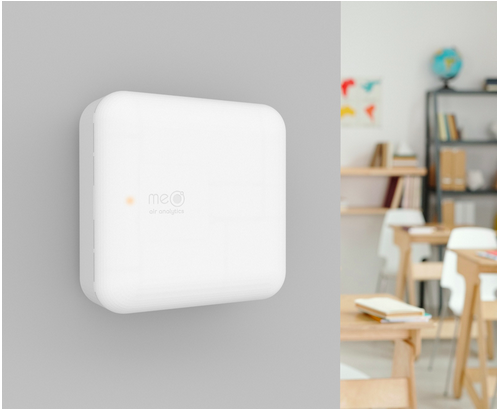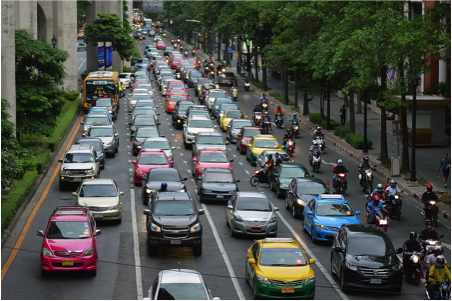Schools have started for at least a month in most countries. We, as parents, are excited to have them enjoy in-person school life. But fears of COVID-19 linger in the back of our heads. Children are in closed environments most of the day. Scientists have said “masks + ventilation” are the key most important measures to control the spread of COVID-19 in schools. Masks can be controlled and teachers are on top of this. But how can school administrators know ventilation is adequate? how can parents be reassured about safe air in our children classrooms?
At meo we designed a new deviceto answer this problem. We are happy to announce the launch of ‘meo mini‘: the ideal device to monitor safe air in schools. This solution is an air quality safety system which includes a monitoring device, and a software solution to ensure safe, healthy and productive spaces.
How does it work?
Through air quality monitoring, meo mini monitors ventilation efficiency in an indoor space. It alerts of any issue through light notification and email, before it becomes a problem. It tells you exactly which classroom or space needs to have windows and doors open to flush risk away, and how much time those openings are required. Daily alerts and monthly statistics provide reassurance for teachers and parents.
How is the device?
Meo mini is a small device that can be placed anywhere in a classroom walls. It’s a Plug&Play solution with an embedded sim card using its own LTE network, which allows installation simplicity and high security. Powered through battery or USB-C.
How can a user access the air quality measurements?
A visual color coded display on the device is the first step of alert to know if ventilation is occurring in a closed environment. The device also connects to a system platform that sends notifications and alerts with options for remedial actions to be taken. The platform can also be accessed by administrators to identify patterns in time and root causes. This feature empowers them to take actions to reduce their exposure sustainably, and bring wellness into their space.
With Meo mini, air ventilation can be monitored and both parents and teachers can rest assured the classroom is a safe environment!





















